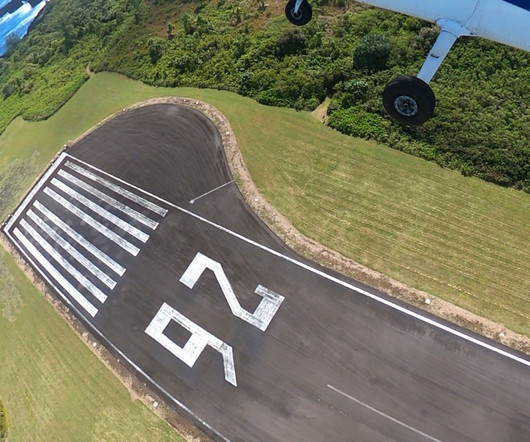When To Go Around: 6 Scenarios Every Pilot Should Prepare For
Northstar VFR
MARCH 23, 2025
As the plane descends toward the runway on final approach, it may encounter various scenarios where a safe landing cannot be assured. As soon as the pilot realizes this, they must abort the landing and climb back to traffic pattern altitude and attempt the approach and landing again.











Let's personalize your content